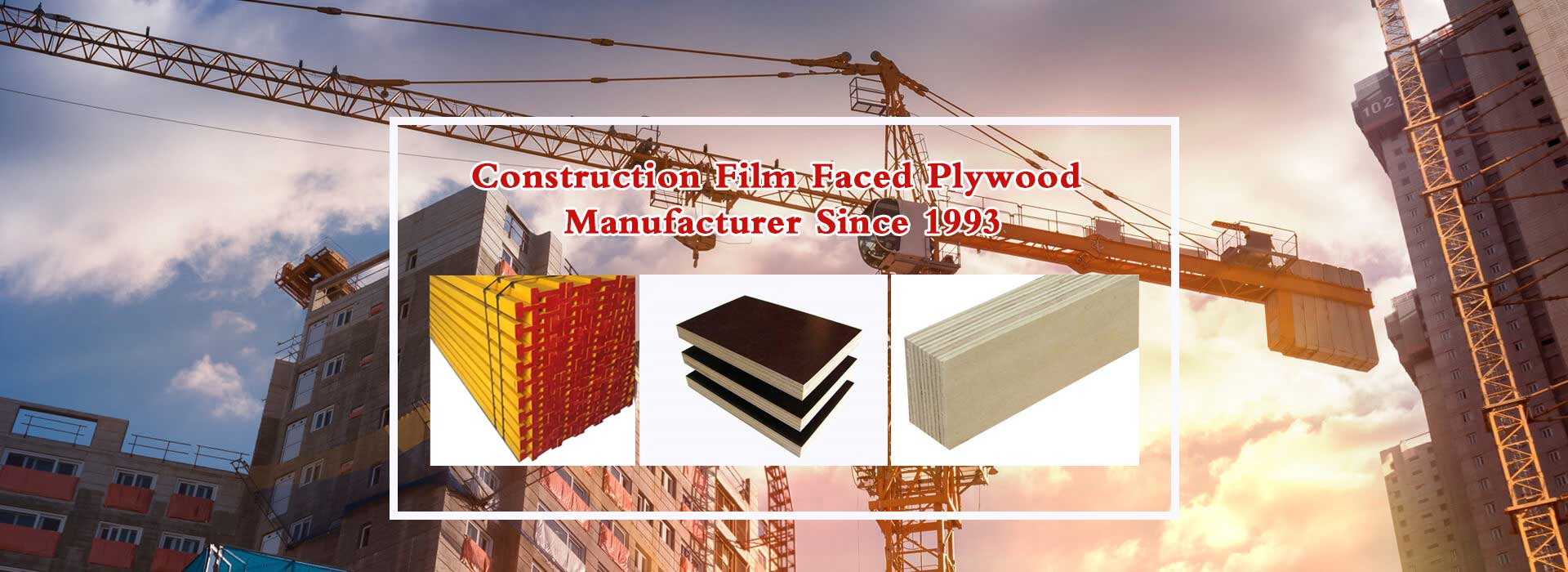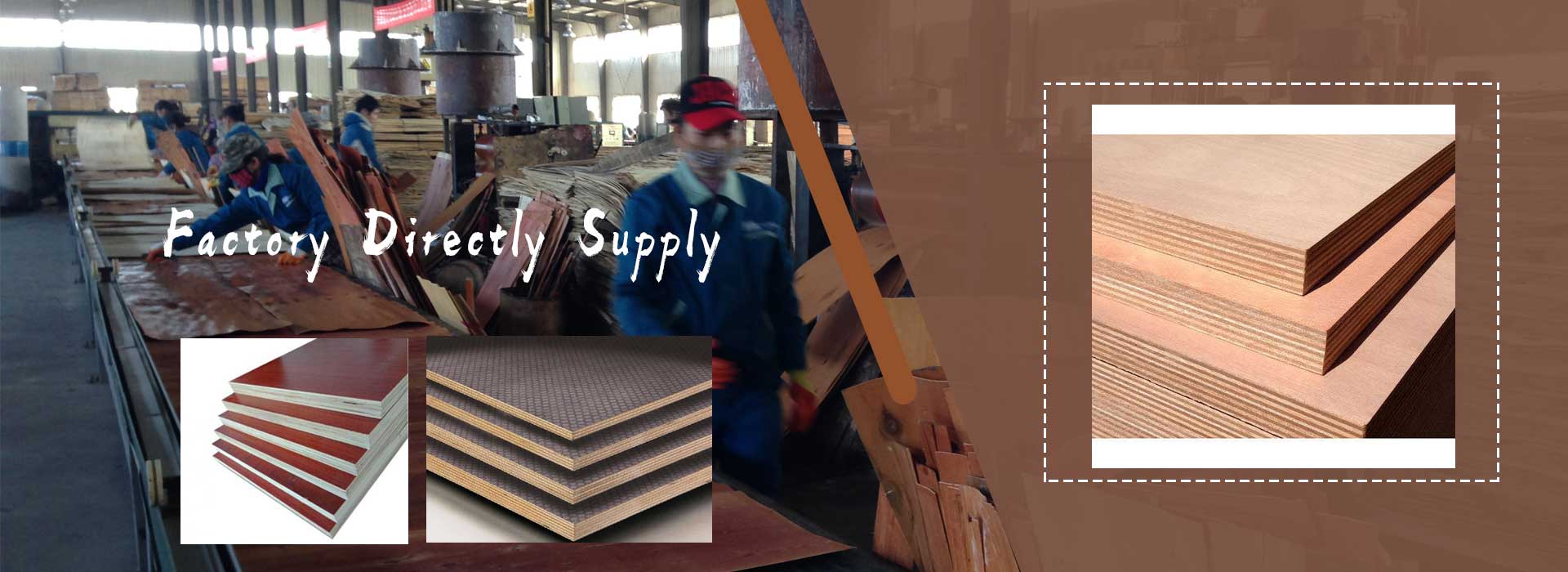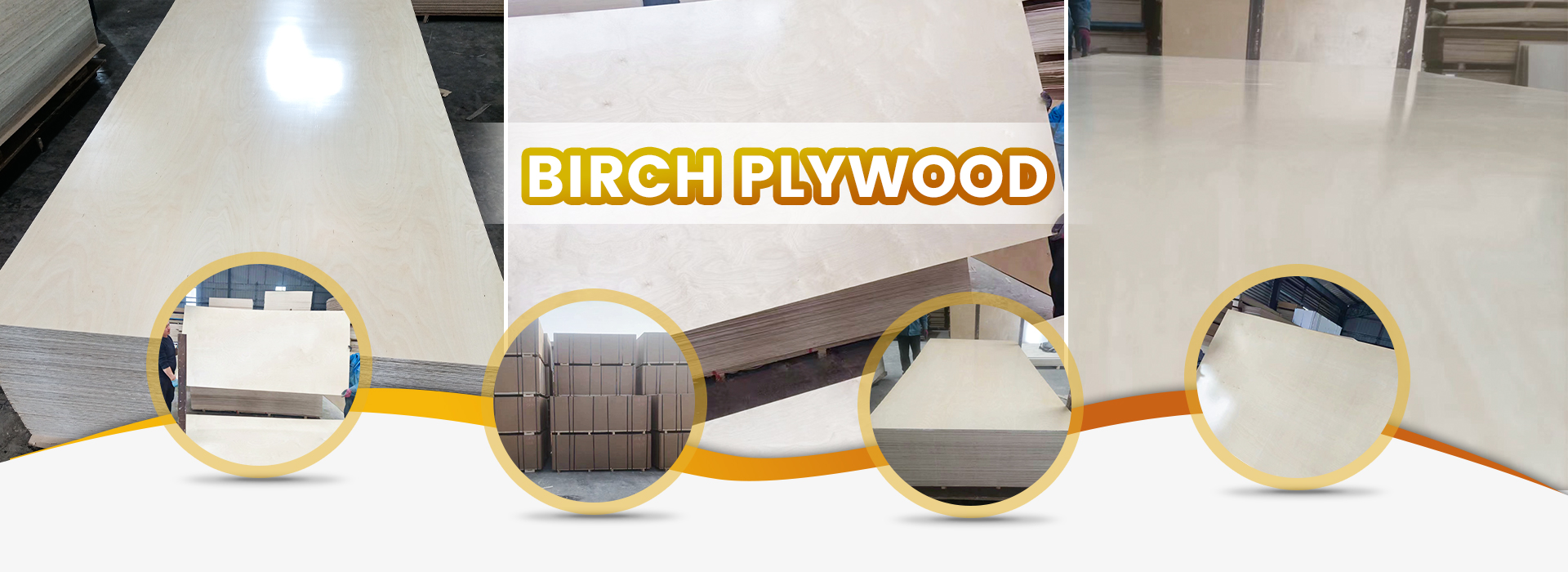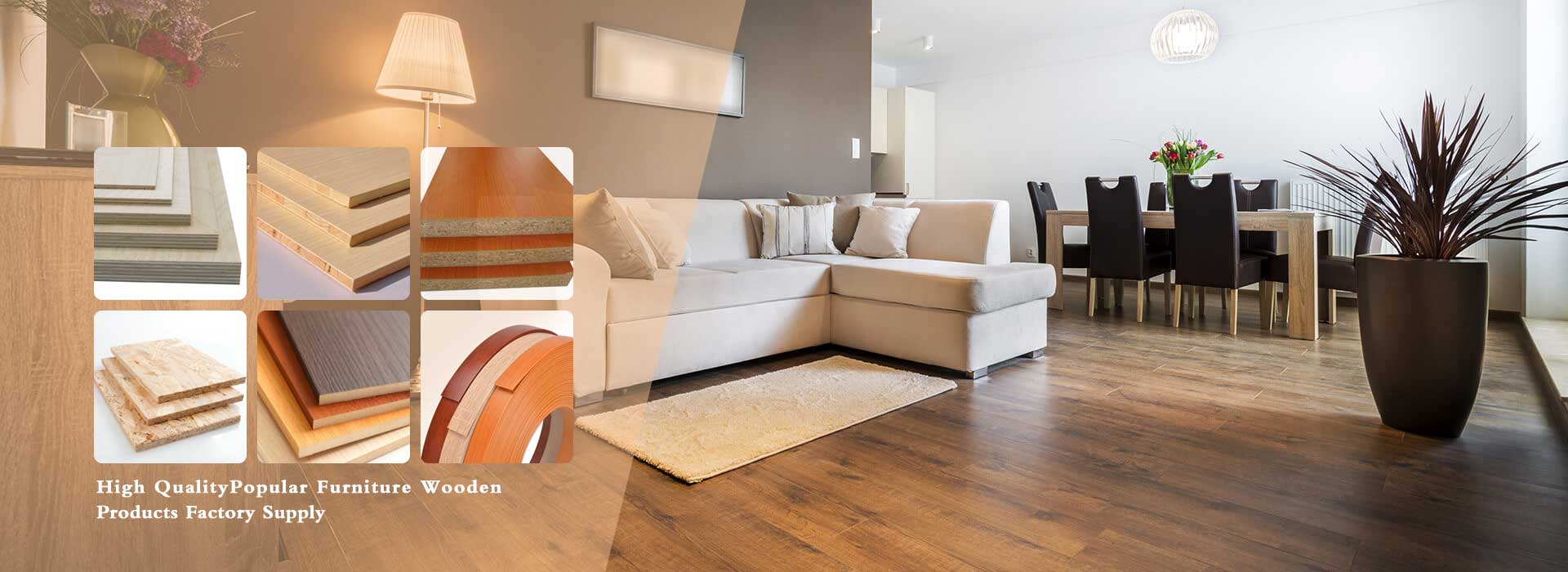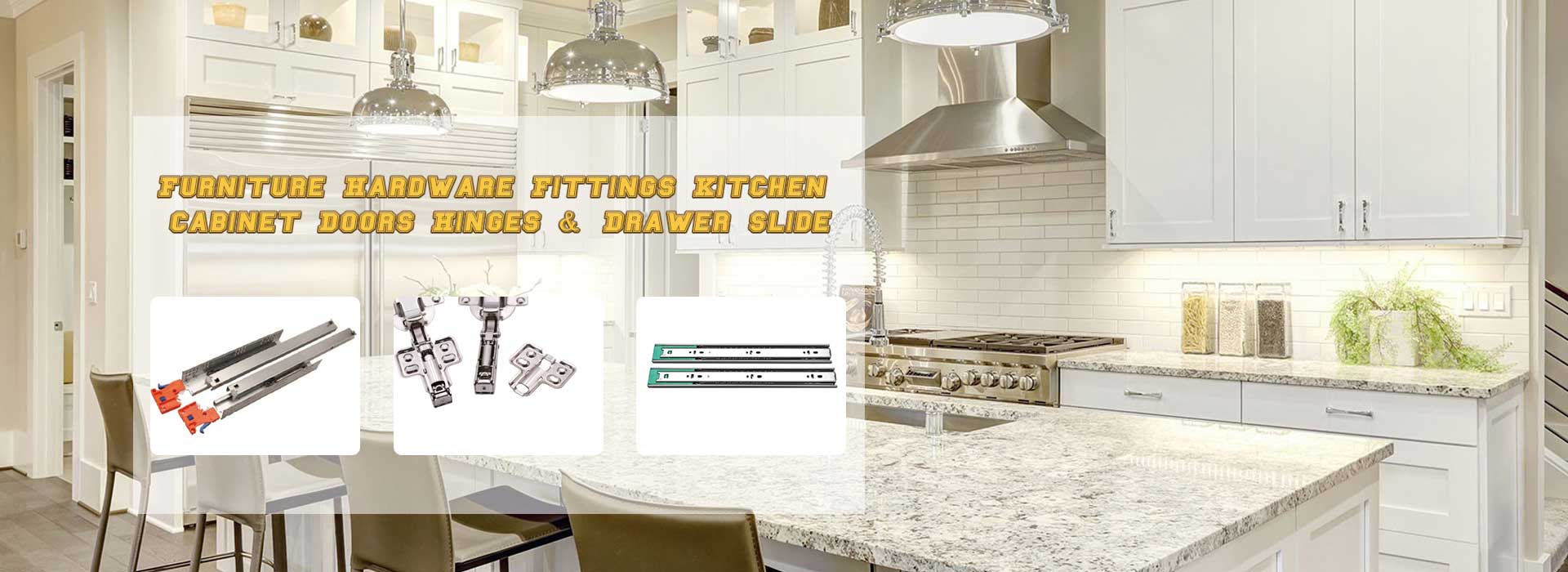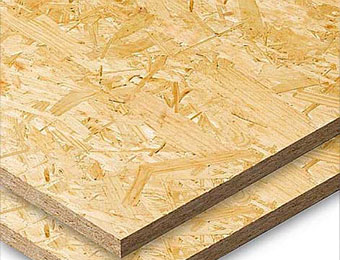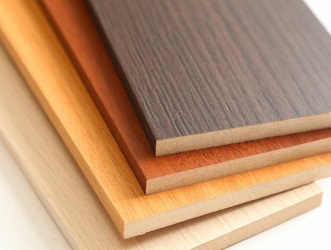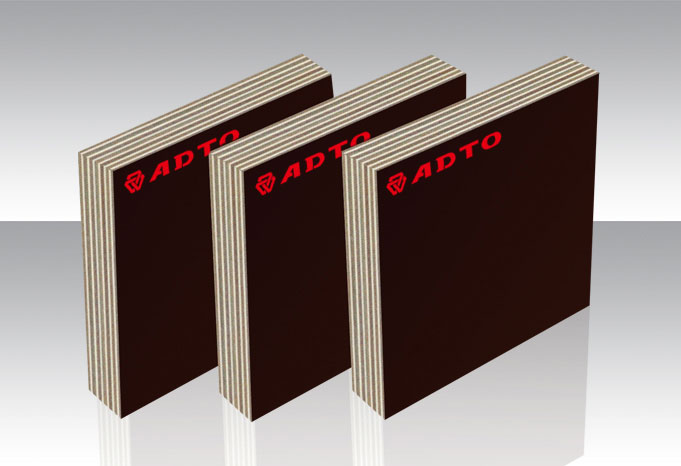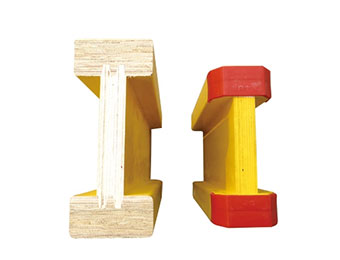When it comes to selecting the ideal material for furniture and construction projects, the choice between MDF, plywood, and particle board becomes paramount. In this blog post, we will dig deeper into these three materials, shedding light on their unique characteristics and exploring the advantages and disadvantages of each. By the end, you'll be equipped with the knowledge necessary to make an informed decision.
MDF (Medium Density Fiberboard): MDF is a versatile and cost-effective engineered wood product. Manufactured by compressing wood fibers with resins and binding agents, it offers numerous advantages. MDF has a smooth and uniform surface, making it ideal for painting and veneering. Its dense composition makes it stable and less prone to expansion and contraction compared to solid wood. However, it also has lower moisture resistance than other options.
Plywood: Plywood consists of multiple thin layers of wood veneers glued together, providing exceptional strength and durability. As a result, plywood is known for its structural integrity and resistance to warping or twisting. It boasts good moisture resistance due to the adhesive used in its construction. Plywood's cross-grain layers also contribute to its superior strength, making it suitable for heavy applications.
Particle Board: Particle board is an economical option made from wood particles bound together with resin or glue. Although it is not as strong as plywood, it offers other benefits. Particle board has excellent screw holding capacity, making it ideal for furniture assembly. It is also known for its smooth surface, making it suitable for laminating and melamine finishes. However, it is more prone to water damage and may not hold up well in moist environments.
Which is Better?
The choice between MDF, plywood, and particle board largely depends on the specific project requirements and budget considerations. MDF is an excellent choice for painting or veneering applications, while plywood is preferred for structural strength and resistance to moisture. Particle board is a budget-friendly option for projects that don't involve exposure to water or high loads.
In conclusion, there is no definitive answer to which material is better among MDF, plywood, and particle board. Each has its unique properties and applications. Consider the project requirements, the environment, and the desired aesthetic when making your decision. Remember to weigh the pros and cons of each option to ensure optimal performance and longevity.

